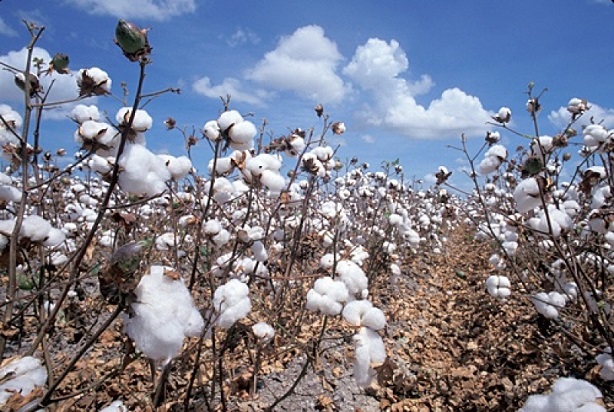Uganda Investment Authority (UIA) is engaging stakeholders in the cotton, textiles and apparels (CTA) sector in order to boost import substitution through industrial vertical integration and policy interventions.
This is in line with aims of the Presidential Investor Roundtable (PIRT), an investment policy platform, of which UIA is the Secretariat.
UIA is leading the charge in ensuring increased investments in the cotton industry’s value chain, particularly adding value to the 90 percent of cotton lint that is exported and cotton seed is boosted,
As part of its policy intervention mandate, UIA is building common ground among players in the cotton sector in order to come out with the best strategies of reducing import of CTA products and increasing exports.
Addressing a UIA-organised virtual meeting of key cotton industry players, Richard Nsubuga, from Southern Range Nyanza, the cotton industry has the potential of generating a value of over a billion dollars annually from value addition in cotton lint and cotton seed products.
With 250,000 cotton-producing households, Uganda, on average, produces up to 250,000 bales of cotton lint annually, while cotton seeds constitute two-thirds of cotton production.
In terms of domestic value addition, Uganda has two vertically integrated cotton industries namely Southern Range Nyanza Ltd. (formerly Nytil) and Fine Spinners Ltd.
Ninety percent of the cotton lint is exported, fetching the country about 30 million dollars. Both vertically integrated industries consume just 10 percent of the cotton lint generating a turnover of 50 million dollars annually, almost double what Uganda earns in export of raw cotton.
According to Nsubuga, with the two vertically integrated cotton industries’ having an annual turnover 50 million dollars, entry of more industries in the cotton lint side of the industry alone would bring in 500 million dollars per annum. Add investments in the cotton seed side, the total value would be over one billion dollars.
On the import side, Uganda’s import of yarn, textiles and apparels, including used clothing, is valued at 230 million dollars per annum. This is mainly on account of cheaper cost of importation compared to local production.
Although the Government has increased import tariffs on textiles and apparels from 10 percent to 15 percent, it has had no direct effect on importation.
The cotton industry in the East African Community is hinged on 950,000 households
According to Nsubuga, Uganda’s cotton industry has ready market, first, internally with over 40 million people, and in the region, emphasizing that the country does not need to look far for ready market for its cotton products.
Nsubuga said the 230 million dollars Uganda spends on importation of yarn, textiles and apparels is adequate to power the local cotton industry. He says as long as domestic manufacturers face stiff competition from importers, it would be hard for new players to come in.
Nsubuga added that just a single policy intervention like having the domestic cotton industries supply at least two pairs of uniforms to 12 million school going children, each uniform being three metres, would translate into 72 million metres, enough demand that would propel the two industries to double their production capacity.
The Managing Director of Cotton Development Organisation, Jolly Sabune, said the cotton sector is tilted towards the lint side yet there are equally great investment opportunities on the seed side.
Sabune said value addition in cotton seeds would translate into products like animal feeds, cooking oil, husks for mushroom growing and soaps, amongst others. This in addition to the lint side that has products like yarn, textiles, apparels and cotton wool.
UIA’s Deputy Director General, Paul Kyalimpa, said the Authority is committed to working with players in the cotton industry in order to promote private sector investment in the sector strengthen its competitive and comparative edge in the regional and global markets.
The meeting resolved to push for greater involvement of Uganda Development Corporation in the cotton sector, as well as cheaper funding for the sector through Uganda Development Corporation.
Other policy interventions the stakeholders want are in the areas of production and productivity, indicative pricing, further reduction in power tariffs from the current five US dollar cent, more funding for research and development, access to local and regional markets, and extension services.
The stakeholders have also agreed that as the capacity of domestic cotton industries is strengthened, efforts should be made to increase access to the regional markets, particularly the Democratic Republic of Congo and South Sudan.






